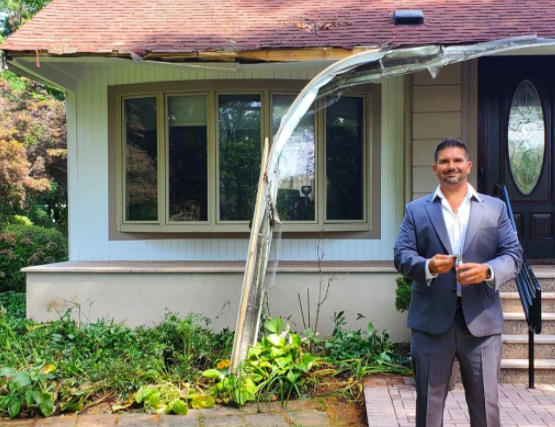A home equity repair loan is a personal loan to be used for the specific purpose of renovating a home. The amount of money that you borrow is dependent on the project itself, and the lender, of course. For the average person who takes out such a loan, the money is repaid over one to five years in monthly installments.
According to the FDIC, a home repair loan uses your house as collateral. This is usually termed a home equity loan and/or the second mortgage. So, failure to fulfill the terms of the loan could mean the lender foreclosing on your property.
A home repair loan can be used for any of the following:
- Bathroom remodeling
- Electrical fixtures and wiring
- Tile, ceiling, and /or carpet replacement
- Landscaping
- Plumbing and piping replacement and upgrade
- Paying contractors
- Home supplies and equipment
Some people also use home equity loans for bill consolidation, you can learn more about bill consolidation at the Bills.com web site and those of other lending institutions.
Advantages of a Home Repair Loan
Some Advantages include:
- Low-interest rates
Home repair loans come with relatively low and fixed interest rates compared to borrowing a personal loan which has higher interest rates.
- Low EMIs
Borrowing a home repair loan on a lower interest rate for a long period means that your EMIs will be of a lower amount. The average worker receiving the average salary can benefit from a home repair loan with a low-interest rate and low EMI, it’s a great option to help you stick to your monthly budget.
- Little paperwork
A home repair loan requires less paperwork than some other loans, especially if you’ve previously already gotten a home loan from the very same bank. While some banks will conduct physical verification of your property before approving your loan request, other banks will just consider your previous loan history and documentation, with little paperwork required, especially if it’s not your first time. However, this differs if you are taking out this loan for the very first time.
Processes and Procedures:
- Flexible use
The loan, once received, can be used for any home-related repairs such as home extension and much more. This kind of secured loan offers the flexibility for it to be used for many different home repair works.
- Greater Lender options
Often with secured loans, more lenders agree to lend you the money. They also give you better loan rates.
Disadvantages of a Home Repair Loan
- Lenders may begin to increase their interest rates on home improvement loans due to the credit crunch and increased interest rates.
- Some lenders may charge you a variety of hidden fees.
- You are at risk of being in negative equity if the loan amount was large and house prices fall. This can be the case even if the improvements you have made to your home have added some value.
- Having sub-standard work being done to your home after taking out a home repair loan can devalue your property.
Do I Qualify for A Home Repair Loan?
The factors which play a part in determining whether you qualify for a home repair loan and how much you qualify for are:
- Age
- Condition of your property
- Location of your property
- Size of your property
- Your credit scores
If you’re a homeowner then you will, at some point, need an upgrade and repairs done to your property and if you don’t have the funds needed for such a project a home repair loan is an option for you.
Bills.com offers home repair loans and many other smart money products such as debt consolidation, home loans, debt relief, personal loans, credit cards, student loans and insurance, and more.
Compared to using a personal loan, a home repair loan is a great option as you’re far more likely to get lower interest rates, especially if you have a good credit score.




